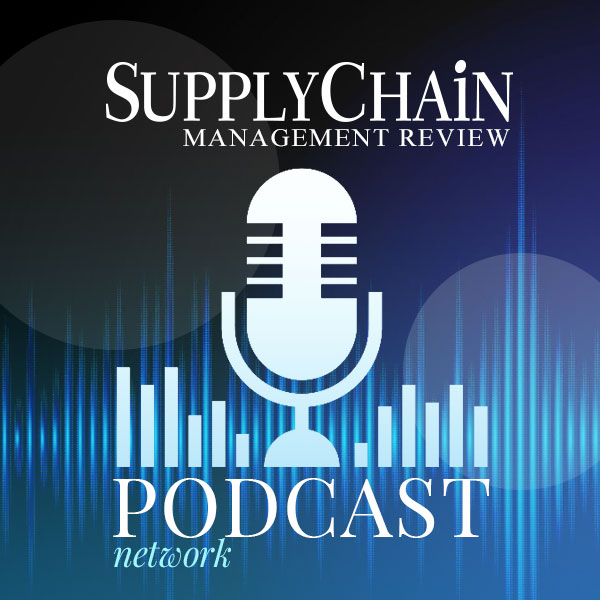Editor’s Note: The SCM research project Right Sizing Safety Stock and Effectively Managing Inventory Using Forecastability, is authored by Ni Pan and Jamie Sweeney and supervised by Dr. Tim Russell ([email protected]), Research Engineer, Humanitarian Supply Chain Lab, MIT CTL. For more information on the research, please contact the project supervisor.
To retain high-value customers in the competitive consumer goods industry, businesses are incentivized to incur whatever costs necessary to meet demand. This behavior often results in inefficient production schedule changes, costly transportation, and inflated inventory levels through increased safety stock.
Partnering with a leading U.S. bottled water manufacturer, researchers at MIT’s Center for Transportation & Logistics developed an analytical framework to effectively right size safety stock, reducing costs while maintaining high service levels.
Key to the framework is proper and thoughtful SKU aggregation, and most importantly, the integration of demand and forecast data. Through the lens of SKU forecastability, businesses can identify potential inventory improvements and quickly adapt as their needs and requirements shift.
One-size-fits-all ordering strategy
The availability of raw materials is critical for a company operating in an environment where customers’ demand must always be met. It is even more critical for this partner company, as production is scheduled with the assumption of 100% material availability. At times it can seem impossible to always have enough raw materials on hand due to demand seasonality and volatility, amplified by customer-driven promotions, and long supplier lead times.
Nevertheless, there is tremendous value in analyzing the data. Even simple prior demand and forecast data can be extremely helpful in setting inventory ordering policies.
The partner company, like many others in industry, relied on the same legacy days-on-hand number to set inventory targets for all SKUs within a raw material category. This one-size-fits-all ordering strategy does not recognize the inherent differences in positive demand probability and demand variation among SKUs. Ultimately, this leads companies to scramble (and incur greater cost) to meet demand by expediting orders or shipping materials internally. The researchers sought to find a better way to manage SKU inventory within this category.
The power of forecastability
Standard to many in industry, the partner company segments SKUs into A, B, and C categories based on sales volume. The researchers explored segmenting the SKUs differently by segmenting based on demand performance to expected forecast. These four forecastability groups (‘smooth’, ‘erratic’, ‘intermittent’, and ‘lumpy’) were based on the coefficient of demand variation and positive demand probability. The researchers demonstrated that by having an overview of SKU distribution based on forecastability, SKU demand patterns and forecast bias would become more visible and safety stock could be managed more proactively and efficiently.
Additionally, the team conducted a simulation to understand the impact on inventory and service levels if the standard deviation of customer demand was substituted with the standard deviation of forecast errors in the traditional safety stock calculation. The simulation results revealed the safety stock strategy using the standard deviation of forecast errors resulted in 2.5% higher service levels with similar inventory levels. Moreover, when compared to actual inventory on hand, there is a clear opportunity for savings through a significant reduction of safety stock for ‘smooth’ forecastability SKUs. Through the simulation, the researchers demonstrated that this 28% potential reduction in inventory of ‘smooth’ SKUs is not expected to impact service levels.
Data key to success
It is clear from the analysis that forecastability is a powerful tool to segment SKUs and to effectively manage inventory levels. Yet, as is widely known, errors can result from garbage in, garbage out factors. So, before applying this analytical framework, be sure you have confidence in your demand and forecast data.
Every year, around 80 students in the MIT Center for Transportation & Logistics’ (MIT CTL) Master of Supply Chain Management (SCM) program complete approximately 45 one-year research projects. The students are early-career business professionals from multiple countries, with two to 10 years of experience in the industry. Most of the research projects are chosen, sponsored by, and carried out in collaboration with multinational corporations. Joint teams that include MIT SCM students and MIT CTL faculty work on the real-world problems. In this series, we summarize a selection of the latest SCM research.
SC
MR

Latest Supply Chain News
- AI, virtual reality is bringing experiential learning into the modern age
- Humanoid robots’ place in an intralogistics smart robot strategy
- Tips for CIOs to overcome technology talent acquisition troubles
- There is still work to do to achieve supply chain stability
- Blooming success: The vital role of S&OE in nurturing global supply chains
- More News
Latest Resources

 Explore
Explore
The Academy News
- AI, virtual reality is bringing experiential learning into the modern age
- Predicting stockouts: Enhancing FMCG resilience through data-driven insights
- Finding the Right Approach for Supply Chain Education
- The Supply Chain Triad
- Innovating Supply Chain Higher Education with Generative AI
- How Smart Supply Chain Management Boosts Brand Identity
- More The Academy
Latest Academy Resources

Subscribe

Supply Chain Management Review delivers the best industry content.

Editors’ Picks





